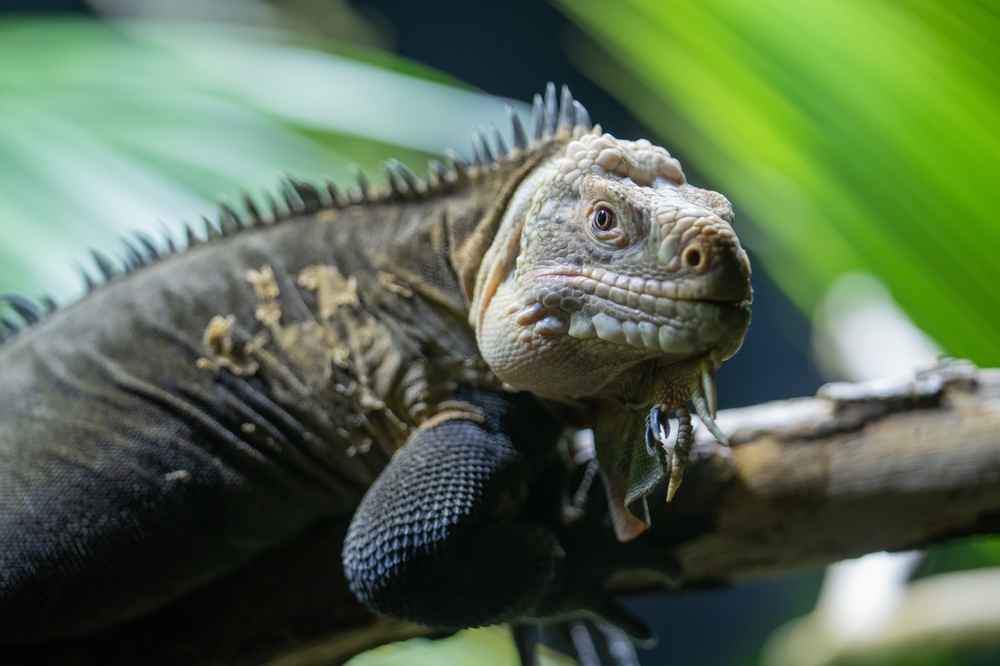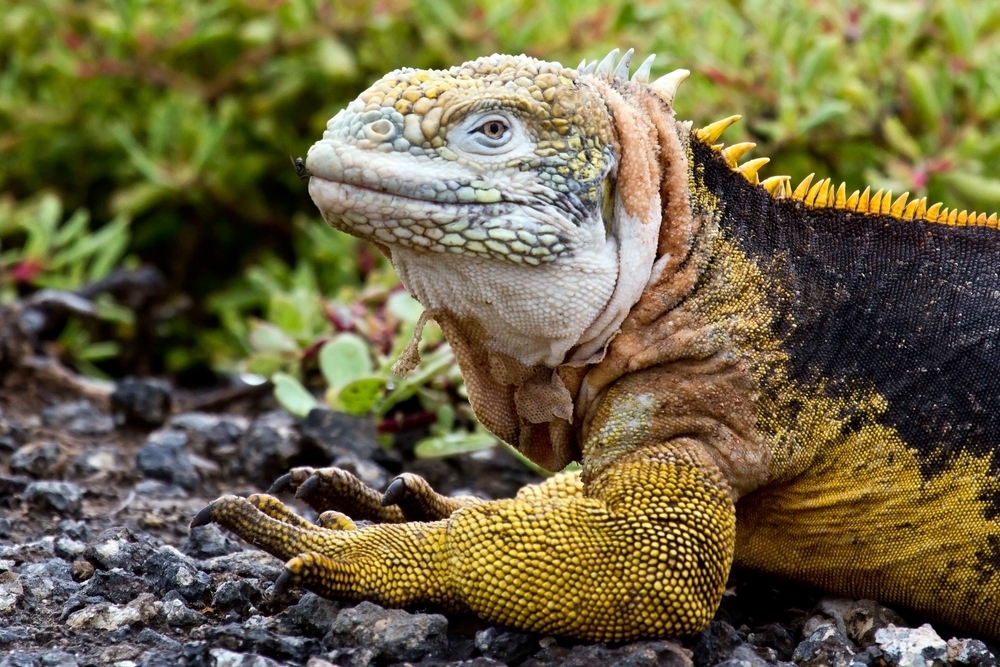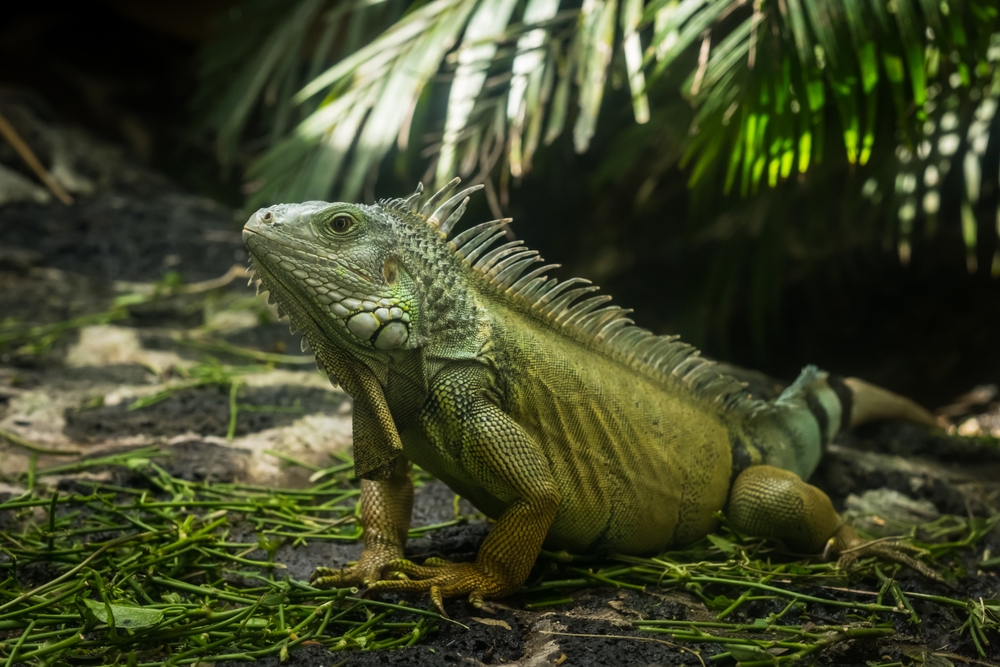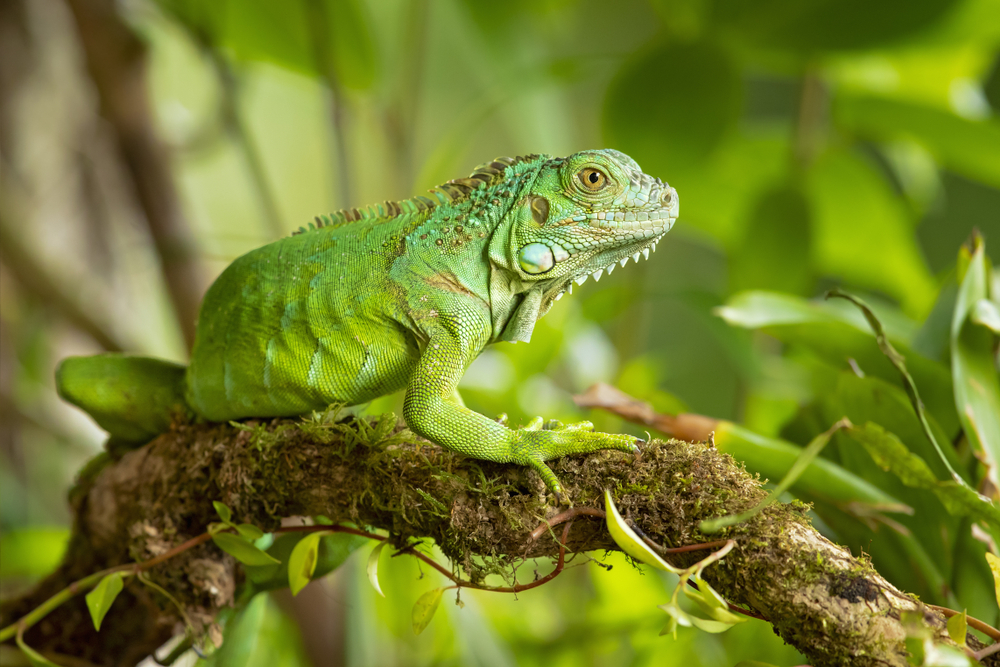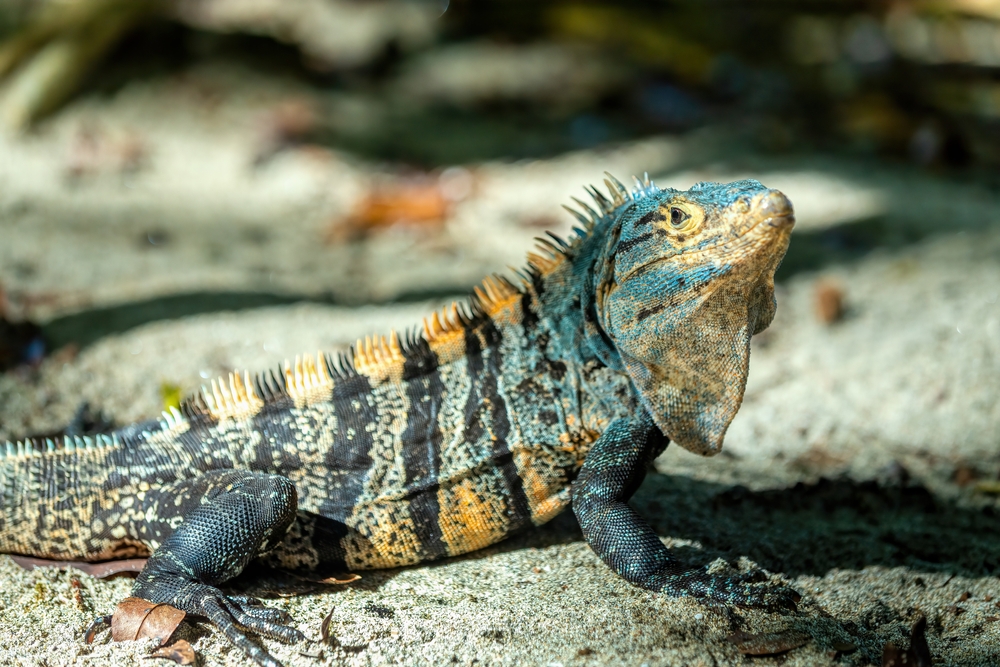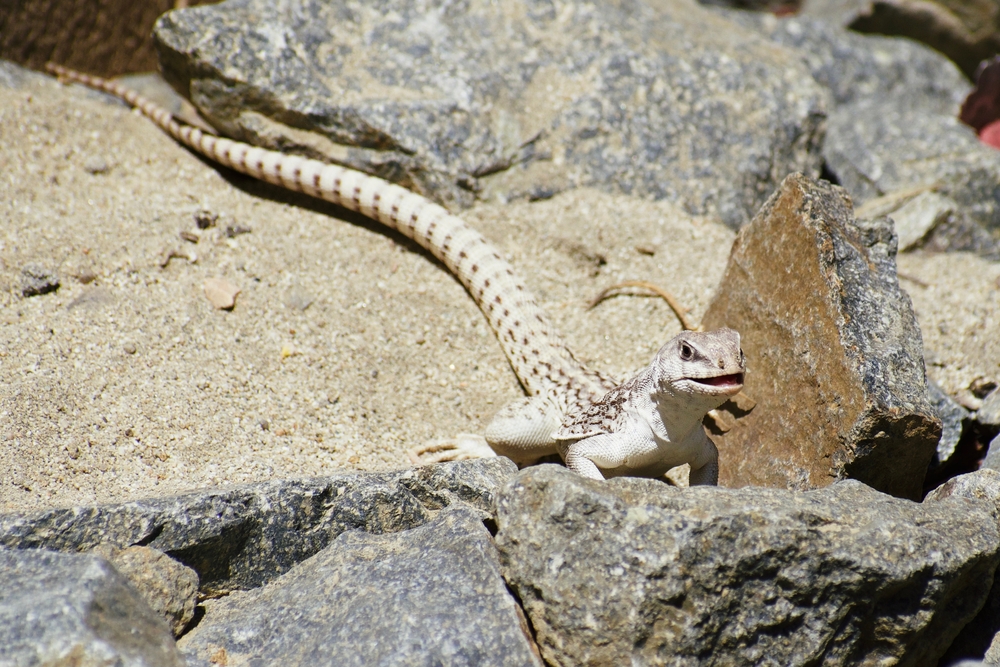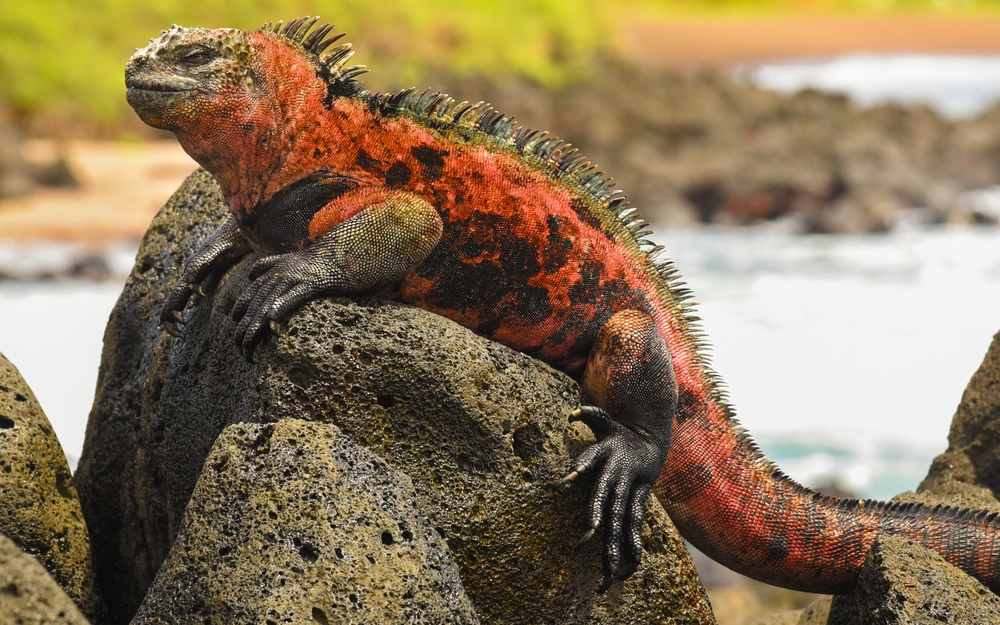Uniqueness
The Lesser Antillean Iguana is one of the rarest and most genetically distinct iguanas in the world. Endemic to the Lesser Antilles, it is known for its graceful appearance, ecological importance, and fragile conservation status. Its survival is a symbol of island biodiversity under threat.
Island-Endemic Elegance:
Found only on a few islands—including Dominica, Saint Barthélemy, and Anguilla—this species is completely absent from the mainland. It evolved in island isolation, resulting in a slimmer frame, smoother scales, and softer colorationcompared to its continental relatives.
Absence of Key Iguana Traits:
Unlike the Green Iguana, it lacks the large subtympanic cheek scale, large jowls, and prominent dorsal spines—giving it a more refined and less armored appearance. These distinctions are not just visual—they reflect deep genetic divergence.
No Hybrid Appetite:
The Lesser Antillean Iguana is strictly herbivorous throughout life, unlike many iguanas that are opportunistic omnivores as juveniles. Its specialized plant-based diet makes it highly adapted to native forest vegetation—but also vulnerable to habitat change and invasive plants.
Ecological Keystone and Seed Disperser:
By foraging on native fruits and flowers, this iguana plays a critical role in seed dispersal and forest regeneration, especially on small, fragile islands where other herbivorous reptiles are absent or extinct.
Genetic and Conservation Priority:
Hybridization with the introduced Green Iguana has led to genetic swamping on many islands. Conservationists now prioritize this species for island-by-island genetic protection, biosecurity, and reintroduction, recognizing it as one of the top reptile conservation priorities in the Caribbean.
Cultural Identity and Conservation Symbol:
On islands like Dominica, the Lesser Antillean Iguana is a national emblem, featured in educational campaigns, conservation stamps, and ecotourism promotions. Its story underscores the conflict between native and invasive species, and the challenge of preserving island endemics in the face of globalization.
With its graceful form, island endemism, and high conservation value, the Lesser Antillean Iguana is not only one of the most unique lizards in the West Indies, but also one of the most urgently protected.



































































